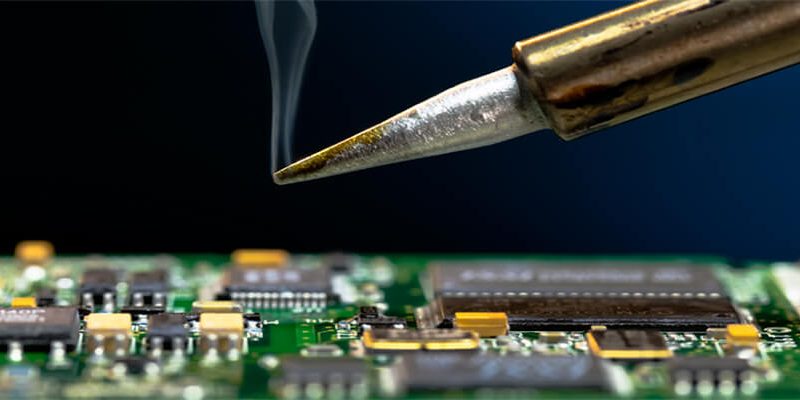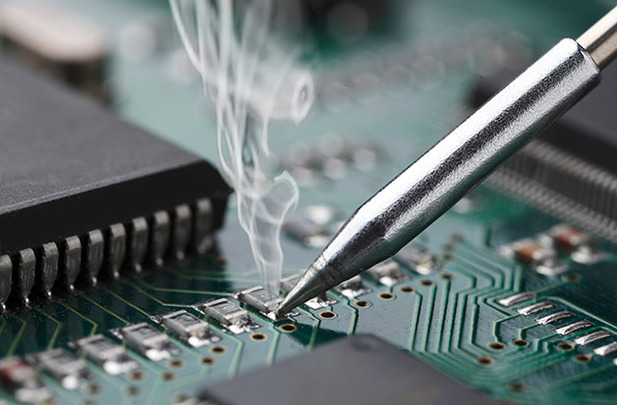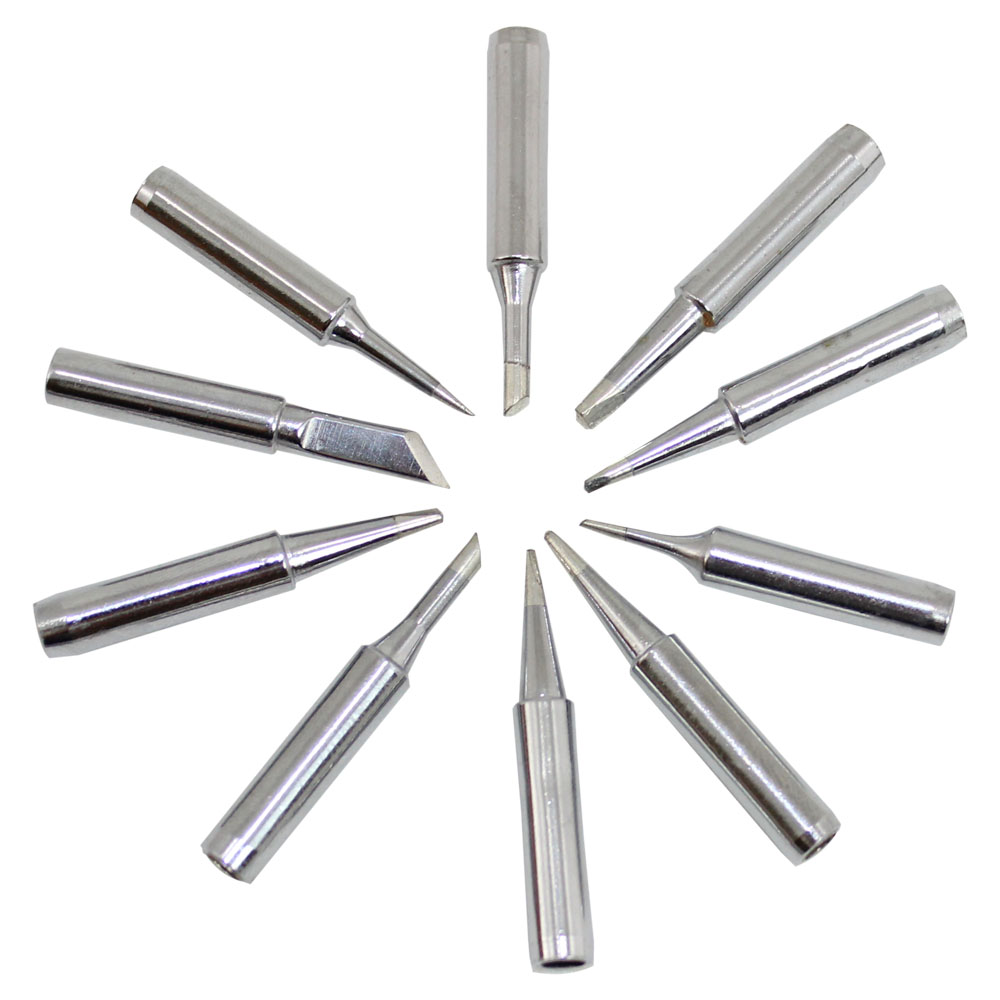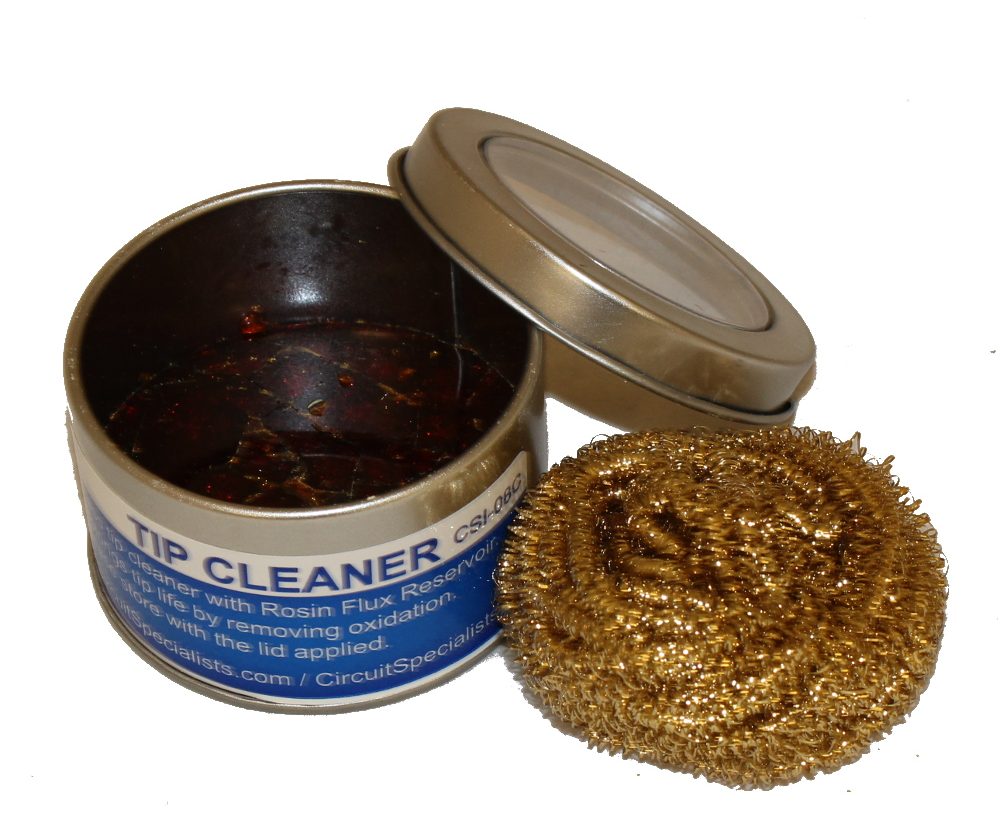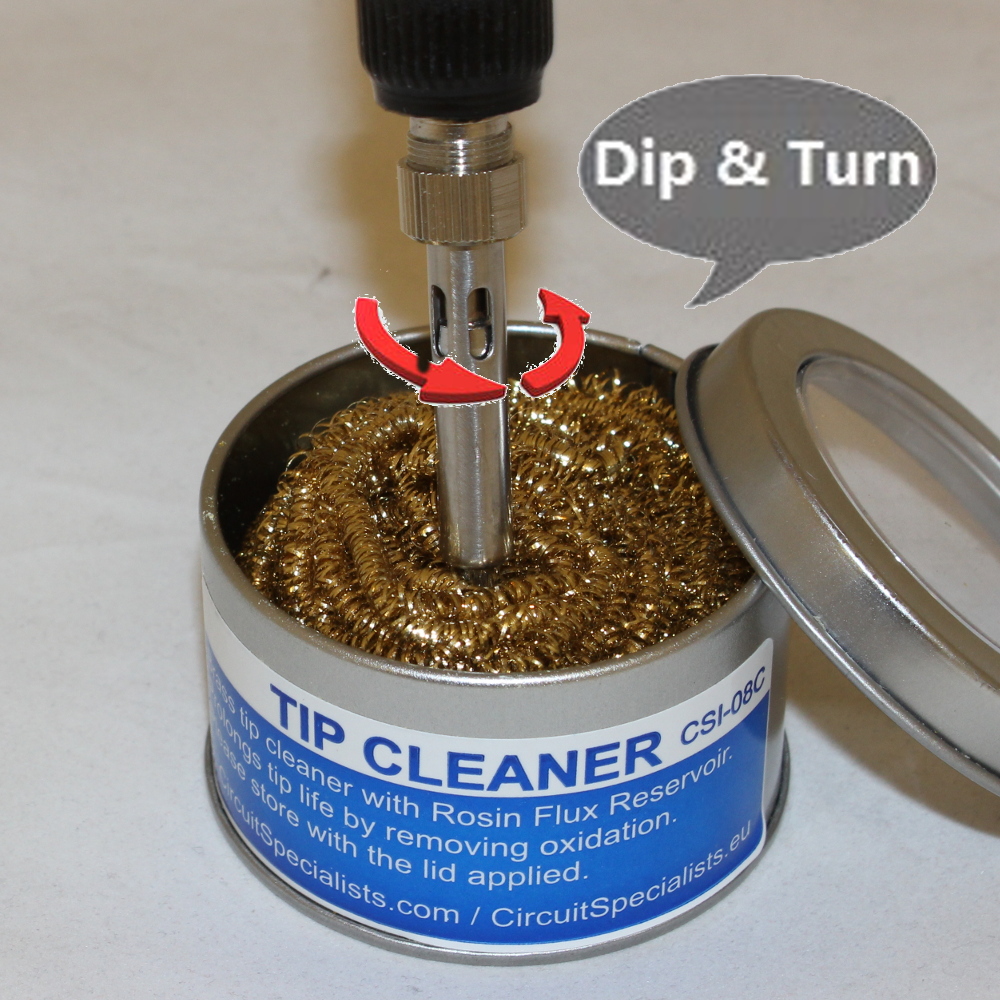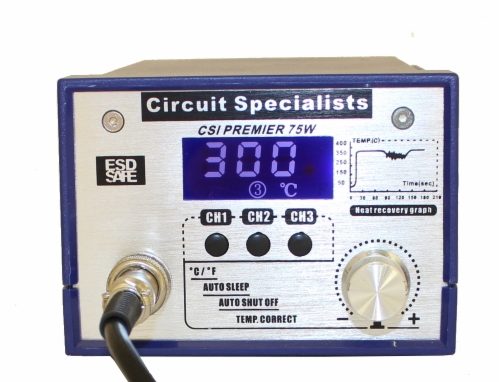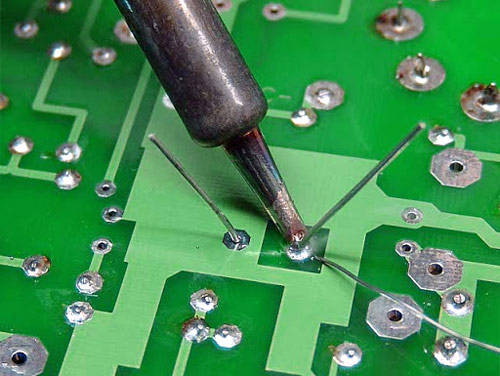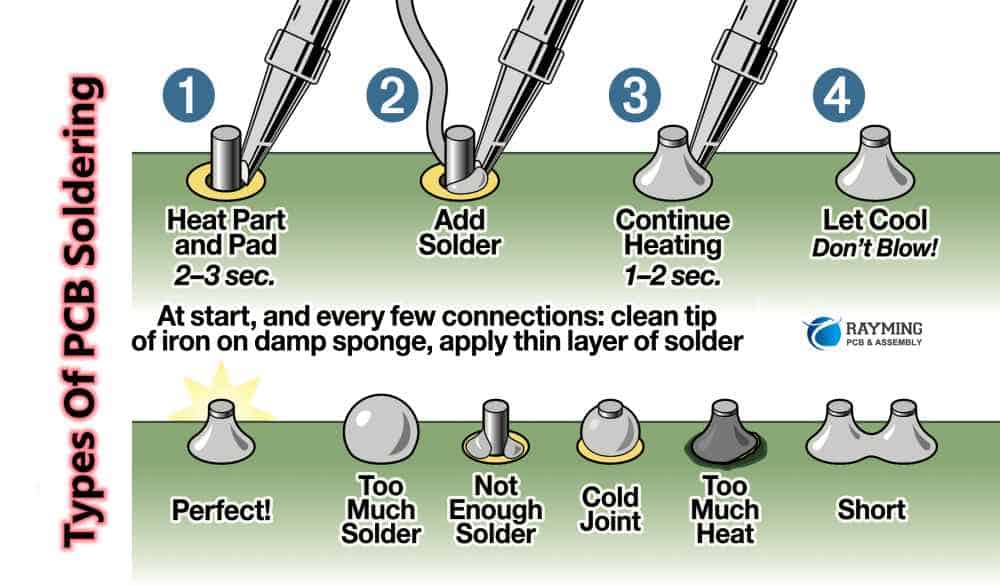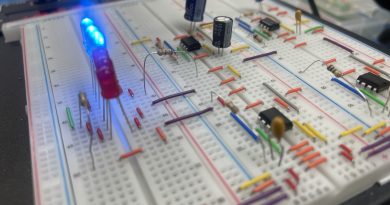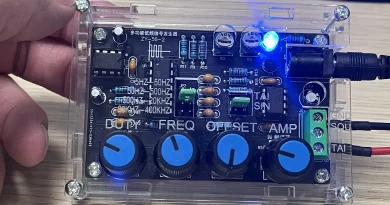How to Solder Correctly – Soldering 101
Today we want to discuss How to Solder Correctly because the soldering technique is required in all electronics manufacturing and repair operations. It applied to very small components on Printed Circuit Boards or on larger electromechanical assemblies. The techniques are similar but the soldering iron, tip, and solder type may be different for each application.
Table of Contents
- What is Soldering?
- How to Solder correctly?
- Conclusion.
What is Soldering?
Soldering is the basic procedure that involves applying a sufficient amount of heat to the two surfaces being joined together. In addition, this could be a component lead, a PCB, or a wire lead to a metal terminal. Furthermore, switched or another wire termination to a PCB. Finally the Rule of Thumb: the amount of heat required is dependent on the thermal mass of the materials and the type of solder.
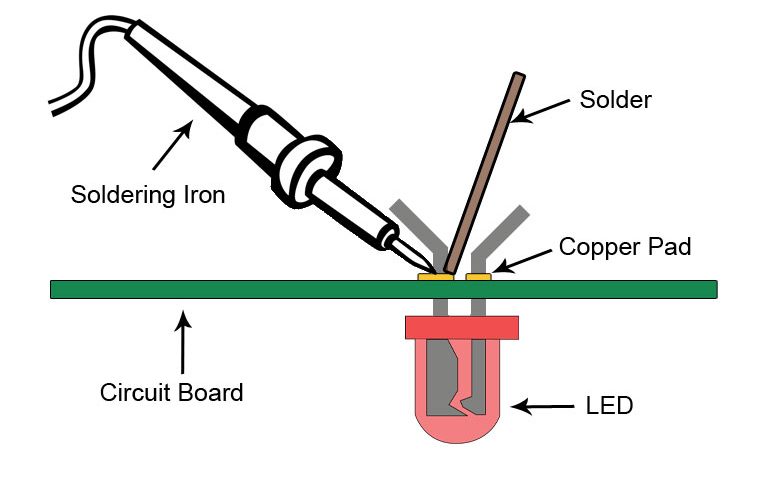
A small component lead and PCB pad will normally require less heat than a large gauge wire and a heavy terminal. However, some PCB pads may have a large Ground or Power plane and therefore would require a higher amount of heat.
In general, for the through-hole soldering operation, we would use the larger tip. The smaller tip would be better for small surface-mount components. One of one most popular tip options is actually a 10 Tips Set so you can solder correctly for any type of works.
The soldering materials must be both clean and free of contaminants. Some possible contaminants are dirt, grease, oil, rust, and oxidation. We highly recommend cleaning your soldering tip using a brass wire cleaning ball or Solder Tip Cleaner with Rosin Flux.
Flux, which performs a final cleaning of the materials, is normally in the solder. Sometimes a job might require additional flux for difficult surfaces. We carry a wide range of chemicals that are circuit safe!
How to Solder Corerctly?
First, we need to prepare the soldering iron for the soldering operation, clean the tip, and tin it to provide an optimal solder joint.
Second, set the soldering station temperature to a value that is sufficient to melt the solder. For instance, The amount of heat required is dependent on the thermal mass of the materials and the type of solder.
Then apply the hot tip to the junction of both surfaces (i.e. component lead and PCB surface) and hold it there for several seconds before applying the solder to the junction.
The junction of both surfaces must be allowed to melt the solder for an ideal solder joint. Excessive heat and time will damage the component and PCB, and insufficient heat and time will produce a cold solder joint.
Conclusion
Quality solder joints are a combination of proper technique and proper equipment and materials.
